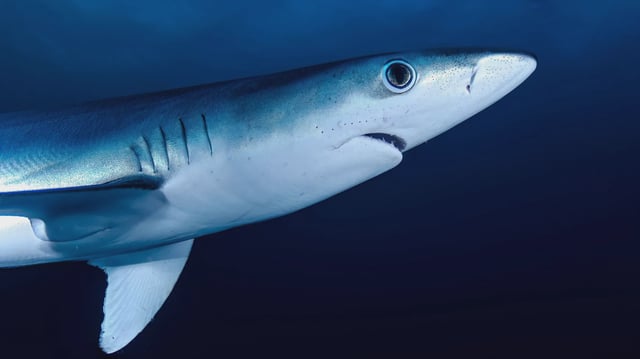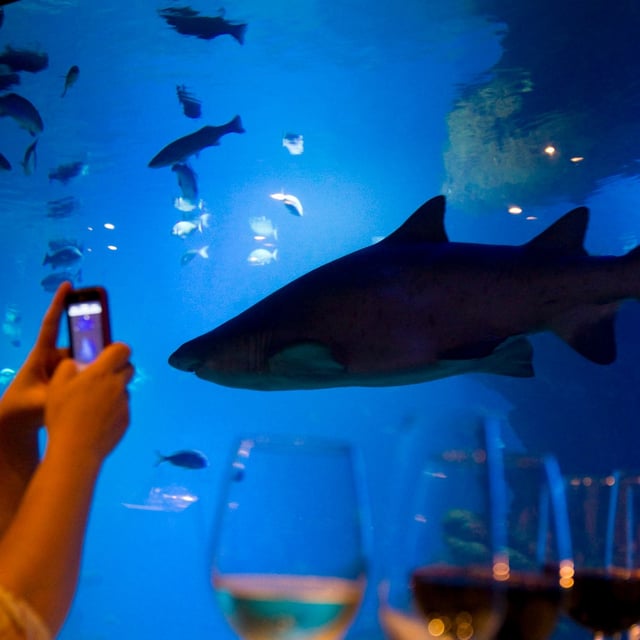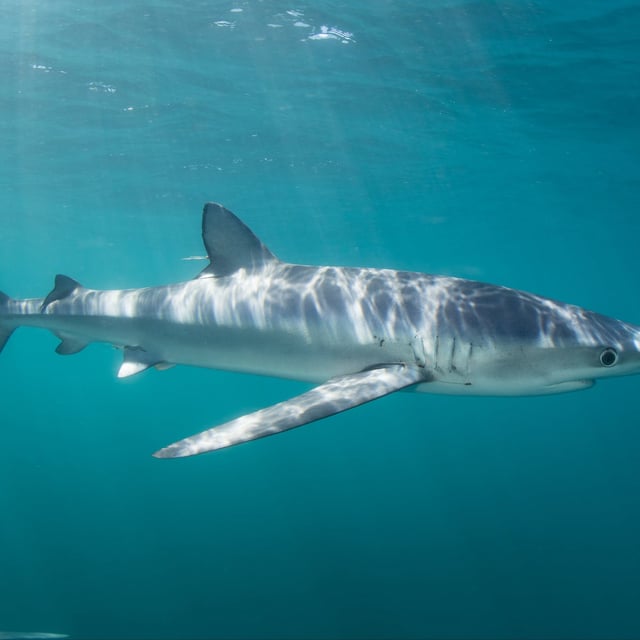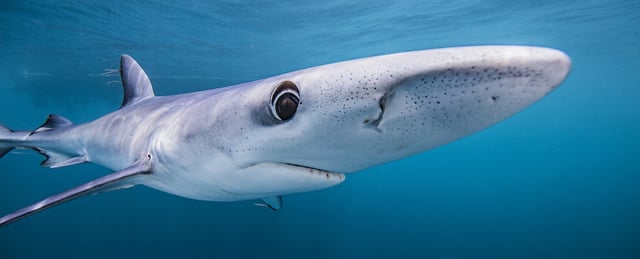Overview
- Researchers at City University of Hong Kong used advanced microscopy to identify layered guanine crystals and melanin pigment sacs in blue shark dermal denticles that produce their signature color.
- Computational modeling showed that fine-scale adjustments in guanine crystal spacing could shift the sharks’ skin from blue toward green or yellow.
- The team described a multifunctional skin design that couples high-speed hydrodynamics with potential camouflage through structural color changes.
- The findings were presented at the Society for Experimental Biology Annual Conference in Belgium in July 2025.
- Researchers now plan in vivo studies on wild blue sharks to validate the proposed color-changing mechanisms under natural conditions.



